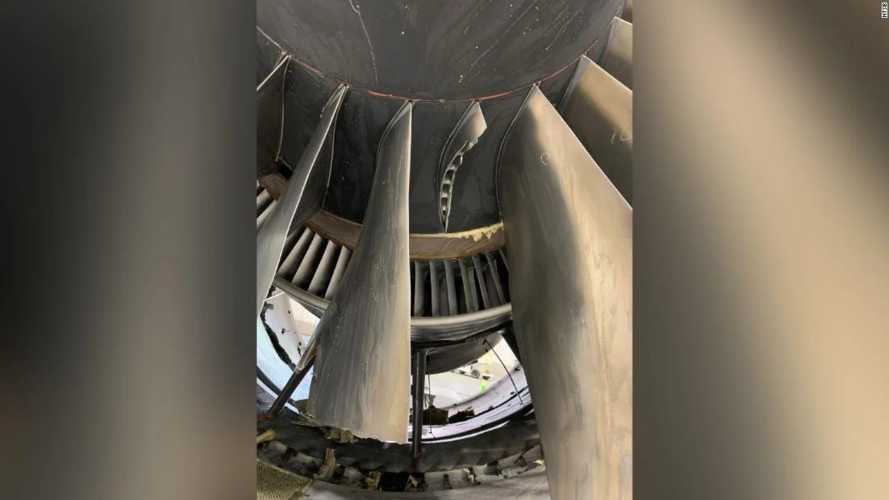- Joined
- 11 February 2007
- Messages
- 2,105
- Reaction score
- 3,122
120 777-200s and 300s with the PW4000 grounded by FAA after Saturday's uncontained failure over Denver. Japan followed suit and South Korea says it's watching the situation.
Boeing can't seem to catch a break at the moment.

 www.theguardian.com
www.theguardian.com
Boeing can't seem to catch a break at the moment.

UK bans some Boeing 777s from airspace after engine fire over Denver
Ban comes as Boeing urges airlines to ground all planes with Pratt & Whitney PW4000 engines






